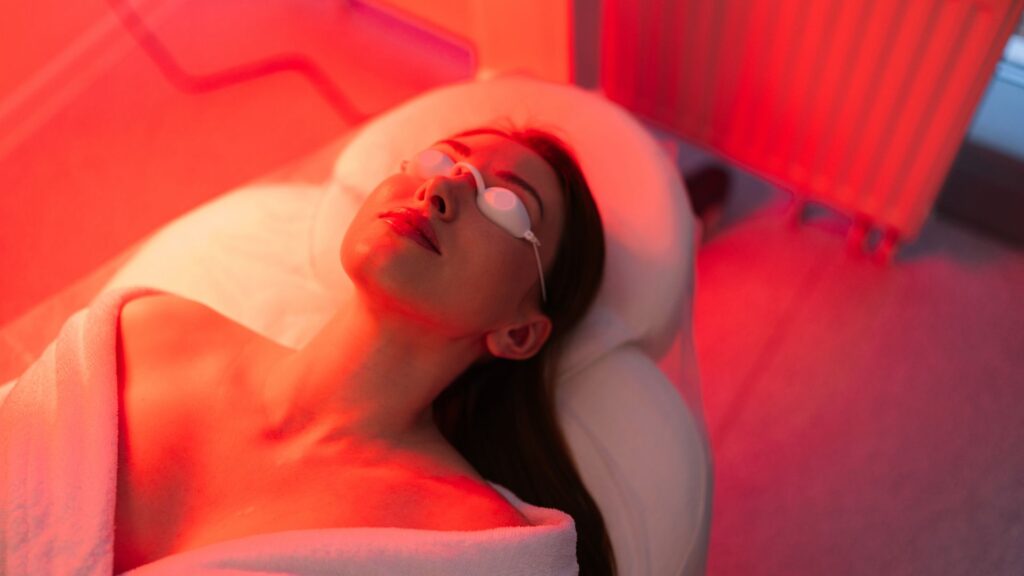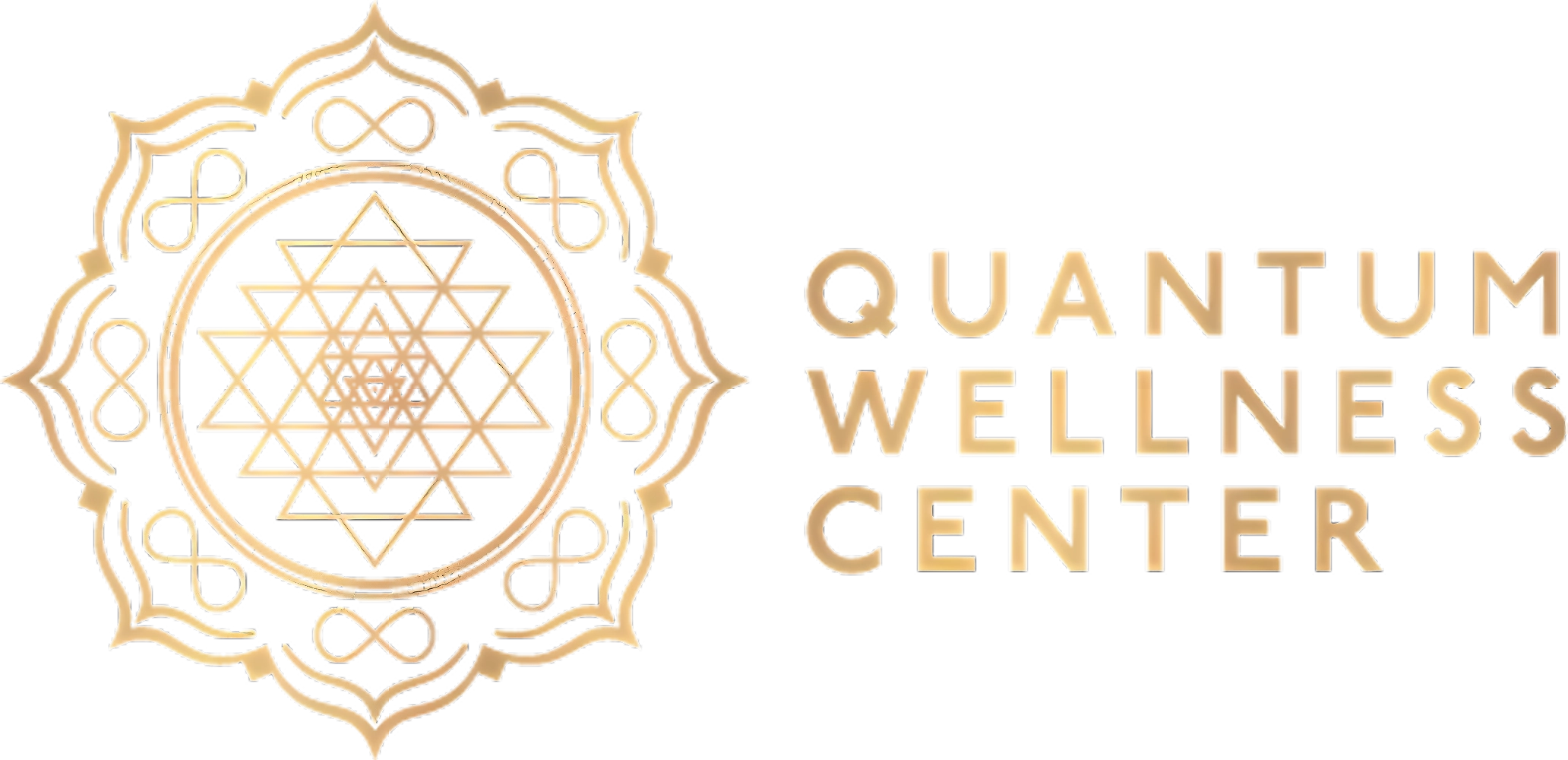Candida infections are common and often challenging to treat due to resistant biofilms and frequent recurrence. Red light therapy, a non-invasive photodynamic treatment known for its antimicrobial benefits, has recently been explored as an alternative or complementary approach to manage fungal infections.
In this article, we examine whether red light therapy can kill this type of skin fungus, discussing its mechanisms, supporting evidence, and practical implications for treating fungal infections.

Understanding Candida
Candida is a genus of yeast, with Candida albicans being the most common species responsible for infections in humans. These fungal infections manifest as oral thrush, vaginal yeast infections, skin infections, and sometimes as more severe systemic infections, particularly in immunocompromised individuals.
This fungus’s ability to form biofilms and resist traditional antifungal treatments contributes to its persistence and poses challenges for effective management. Overgrowth of this fungus can cause discomfort and complications, emphasizing the need for alternative therapies.
What is Red Light Therapy and How Does it Work Against Candida?
Red light therapy uses wavelengths typically between 600 and 700 nanometers to stimulate cellular processes and promote tissue healing. Known as photodynamic therapy when combined with photosensitizers, it can also exert antimicrobial effects by producing reactive oxygen species (ROS) that damage microbial cells.
Low-level red wavelengths penetrate the skin and other tissues to modulate inflammation, accelerate wound healing, and potentially disrupt microbial biofilms. Its applications extend across skin conditions, pain management, and infection control.
The treatment often utilizes specialized devices like red light therapy beds that provide a gentle, non-invasive experience where the wavelengths penetrate the skin and underlying tissues to stimulate cellular repair and boost the production of ATP, the energy currency of cells.
Its antifungal effects rely on its ability to generate reactive oxygen species that induce oxidative stress in fungal cells, causing damage to fungal cell membranes and inhibiting fungal growth.
The exposure can interfere with the biofilm’s extracellular matrix, improving drug penetration and facilitating fungal cell inactivation. Combined red and blue wavelength treatments have also shown promise in disrupting fungal biofilms more effectively than red alone.
Clinical Evidence and Research
Research has demonstrated that the therapy can significantly reduce Candida albicans biofilm biomass and viable colony counts in laboratory settings. This suggests that red light, often used with photosensitizing agents like methylene blue, which enhance the production of ROS, improves outcomes in oral and cutaneous Candida infections.
Protocols combining red light and blue dye have been effective in managing fungal nail infections and vaginal yeast infections, showing potential as complementary treatments. However, it alone may be less effective against well-established fungal biofilms, making combination approaches preferable.

Practical Considerations for Using Red Light Therapy
Effective therapy for Candida requires appropriate wavelengths, intensity, and treatment duration to penetrate affected tissues and inactivate fungal cells. Photodynamic therapy typically uses a light source emitting red or near-infrared wavelengths combined with a photosensitizing agent.
Treatments are generally safe, non-invasive, and painless, with minimal side effects. Patients with fungal nail infections or recurrent yeast infections may benefit from multiple sessions. Medical supervision is advised to optimize protocols, especially when used alongside antifungal drugs to enhance efficacy.
Limitations and Ongoing Research
Despite promising laboratory and clinical results, larger controlled trials are needed to establish standardized treatment protocols and long-term efficacy against Candida infections. Limitations include variability in fungal strain susceptibility, penetration depth, and the need for photosensitizers in many effective treatments. Research continues into optimizing parameters and combining phototherapy with conventional antifungal drugs to overcome resistant biofilms and improve clinical outcomes.
Final Thoughts from Quantum Wellness Center
Red light therapy offers a promising adjunct or alternative for managing Candida infections by utilizing antimicrobial photodynamic effects to disrupt fungal growth and biofilms. While red light alone may reduce fungus viability, combining it with photosensitizers enhances antifungal activity and treatment success.
At Quantum Wellness Center, we provide a full-body experience that promotes cellular repair, increases energy production, enhances blood flow, and reduces inflammation. This process not only aids in pain relief and faster recovery but also supports skin rejuvenation by boosting collagen and elastin production. With its relaxing and convenient sessions in a luxurious environment, red light therapy is an accessible and effective option for those seeking to improve physical vitality, relieve discomfort, and enhance their daily health routines.



